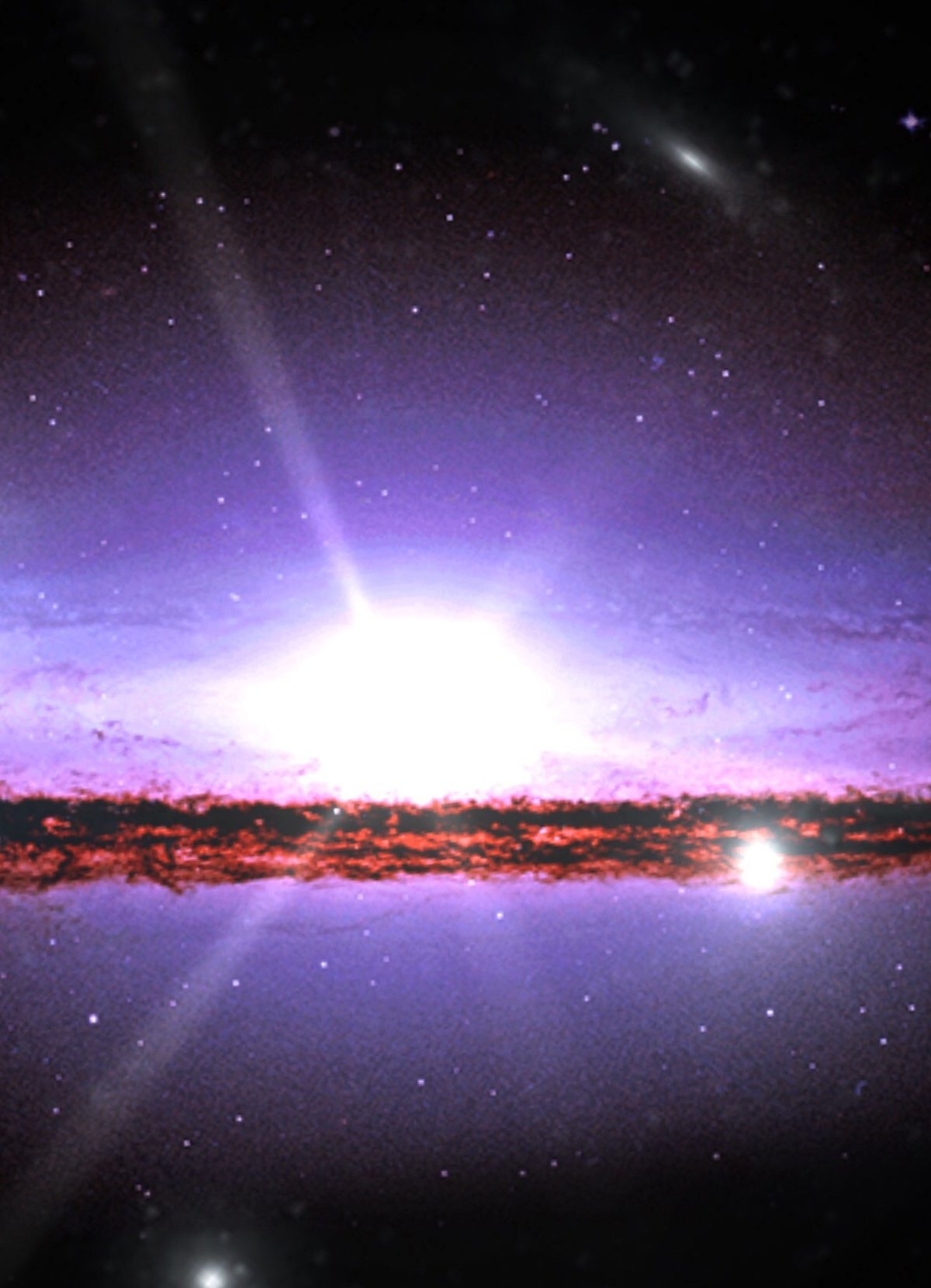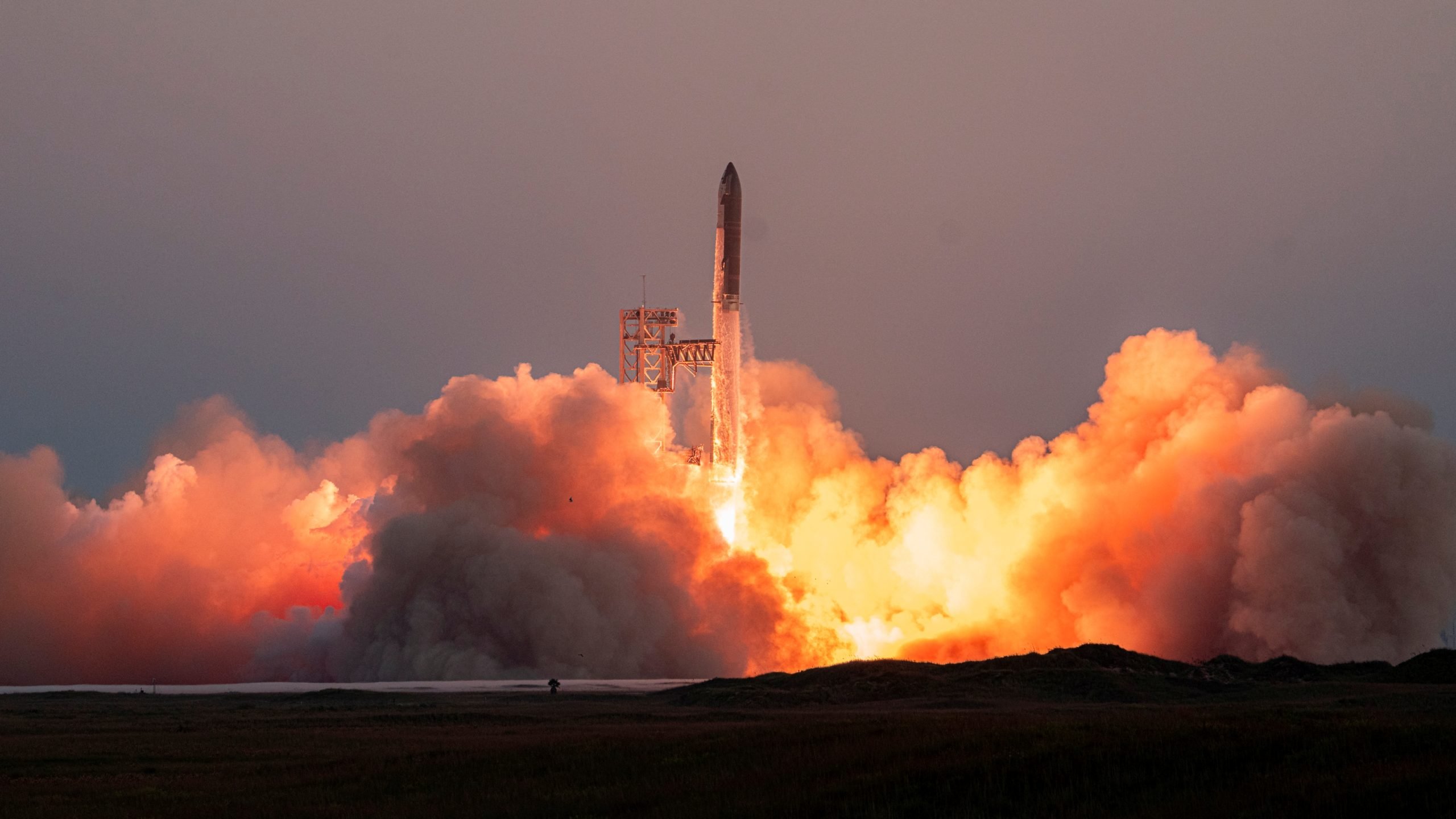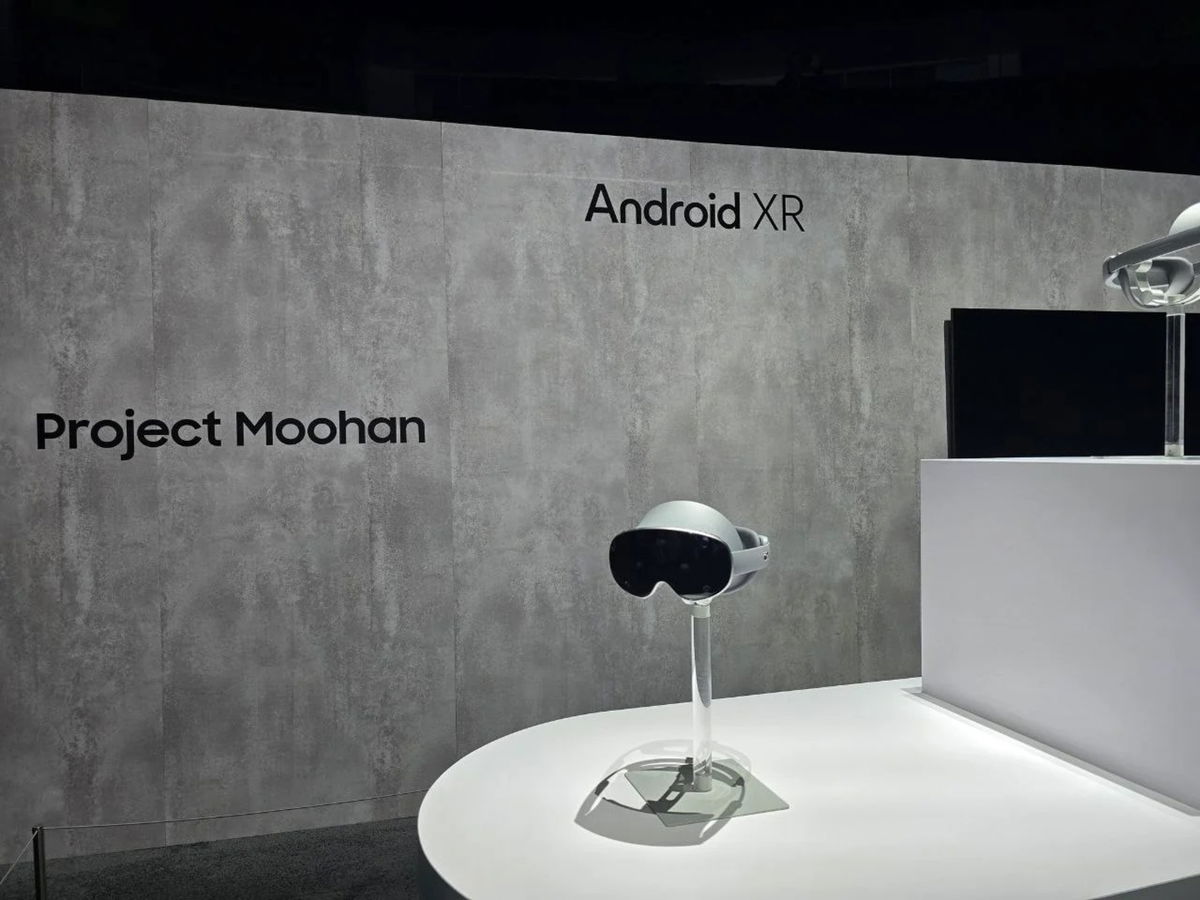Currently the most accepted theory about the universe is the Big Bang, which explains continuous expansion since the beginning of everything. in the 1920s, Edwin Hubble observed that galaxies were moving away from each other; thus confirming that the universe is expanding. However, some scientists have also proposed other explanations for the features observed in the universe. Like the Tired Light theory.
In 1929, Swiss astronomer Fritz Zwicky proposed the Tired Light hypothesis to try to explain the relationship between redshift and the distance of galaxies. The aim was to offer an alternative to the idea of expanding the universe put forward by the Belgian priest and astronomer Georges Lemaître and confirmed by the observations of Edwin Hubble.
Although advocated by French astrophysicist Jean-Claude Pecker, The theory was widely criticized by many researchers and was eventually discarded by most of the scientific community.. Even so, some researchers are still investigating this possibility.
In a study published in the scientific journal Particles, Lior Shamir, an engineer and professor of computer science at Kansas State University (USA), presented new findings that support the idea originally proposed by Zwicky.
“In the 1920s, Edwin Hubble and George Lemaitre discovered that the farther a galaxy is from Earth, the faster it is moving away from Earth. This discovery led to the Big Bang theoryThis suggests that the universe began expanding approximately 13.8 billion years ago. Around the same time, leading astronomer Fritz Zwicky suggested that the galaxies farthest from Earth were not actually moving any faster,” Shamir explains in an official statement.
What is the Tired Light theory?
It is not surprising that the Big Bang theory is the most accepted theory by the scientific community, as it solves many cosmological problems that scientists have faced for centuries. This does not mean that it accurately reflects the full reality of our universe or that it is wrong. For example, topics such as energy and dark matter are not yet fully understood by science.
Before understanding the concept of Tired Light, it is important to understand redshift. This phenomenon The phenomenon, also called redshift, is observed in distant objects in the universeWhere the light stretches until it shifts towards the red part of the electromagnetic spectrum. The further away a galaxy is, the greater this deviation will be.
As the Big Bang idea suggests, the universe is constantly expanding, and one of the evidence proving this feature is the exact redshift. Already The Tired Light hypothesis attempts to explain: the universe is not expandingand this redshift would be a result of the light losing energy over time.
According to the Swiss astronomer, redshift is caused by photons losing energy as they travel long distances, resulting in a lower frequency shifting to the red hue.
If true, Fritz Zwicky’s theory would completely change the paradigm of astronomy. because the universe was not expanding. However, since most scientific data points to the opposite, the scientific community has given up on this idea, except for a few researchers.
Studies on Tired Light
In the latest study, researcher Lior Shamir argues that the Tired Light theory has been neglected but a new theory has emerged. Observations from the James Webb Space Telescope (JWST) may renew scientific interest in this long-held hypothesis. Observations have shown that galaxies appear older; This contradicts the expectations of the Big Bang theory, which proposes a young and evolving universe.
The results showed that galaxies rotating in the opposite direction to the Milky Way have a smaller redshift than those rotating in the same direction. The difference increases with increasing distance to galaxies; He suggests that redshift may be linked to distance, as predicted by Zwicky theory. Still, this isn’t proof of anything.
Anyway, The majority of the scientific community opposes the hypothesisespecially since the JWST data could also be used to discredit the theory. The study does not provide any empirical evidence, but researchers at the University of Kansas plan to continue investigating the issue.
Get up-to-date information about astronomy at TecMundo. If you wish, take the opportunity to find out whether something existed before the Big Bang. Until later!
Source: Tec Mundo
I’m Blaine Morgan, an experienced journalist and writer with over 8 years of experience in the tech industry. My expertise lies in writing about technology news and trends, covering everything from cutting-edge gadgets to emerging software developments. I’ve written for several leading publications including Gadget Onus where I am an author.













